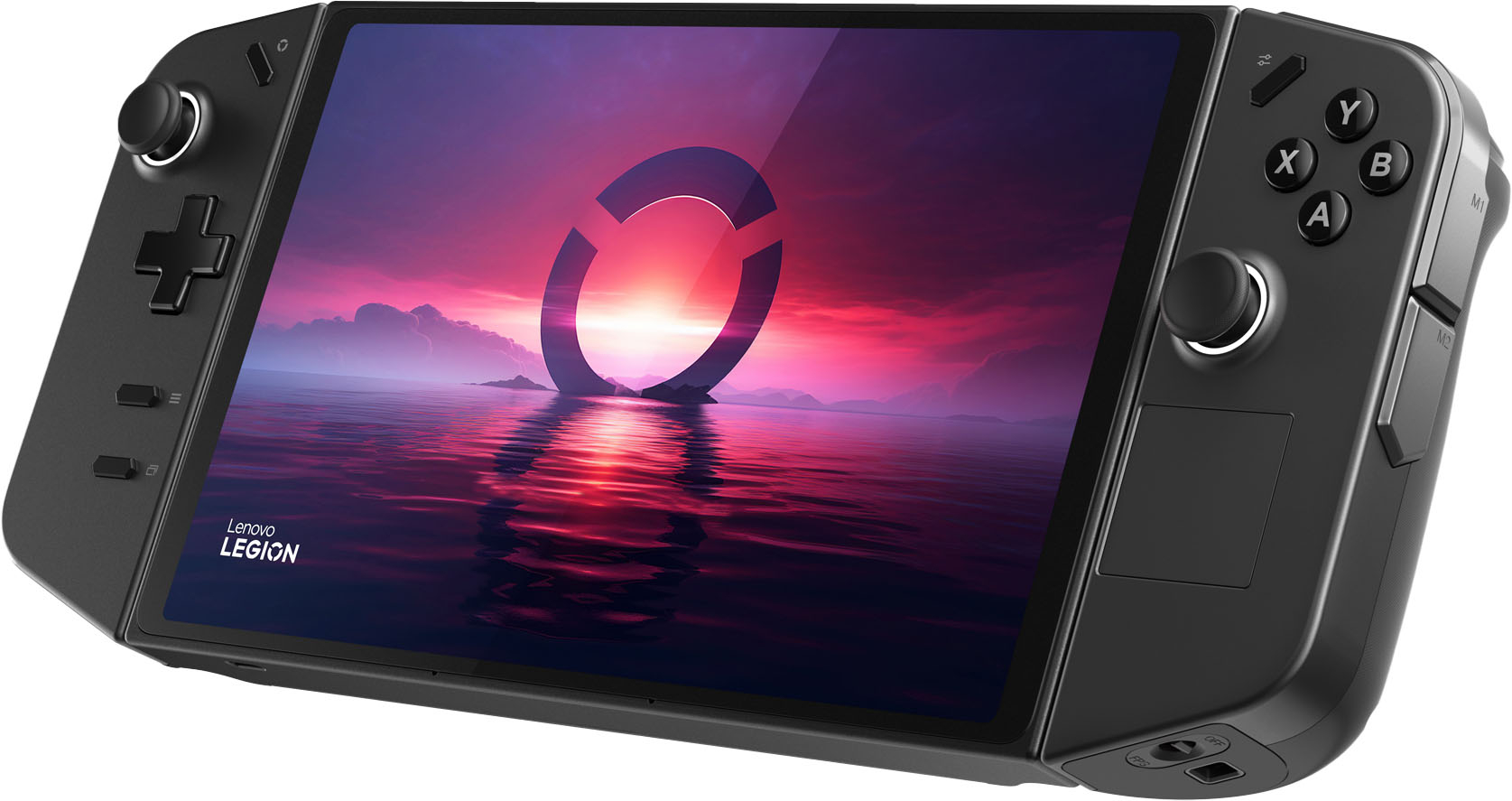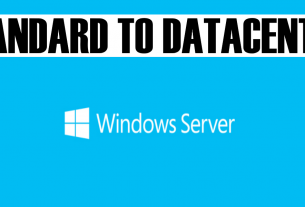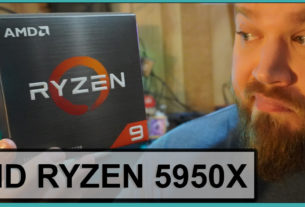I recently had the opportunity to test the Lenovo Legion Go at Microcenter, and my experience left me thoroughly underwhelmed. Despite the anticipation and hype surrounding Lenovo’s entry into the handheld gaming market, the Legion Go failed to deliver on several fronts. In this review, I will delve into its performance issues, design flaws, and how it stacks up against its competitors like the Asus ROG Ally and the Steam Deck.
Unpacking the Lenovo Legion Go
Upon first glance, the Lenovo Legion Go appears promising with its sleek design and promise of full-fledged Windows gaming on the go. However, as soon as I powered it on, the issues began to surface.
Design and Build Quality:
The Legion Go boasts a visually appealing exterior, but the build quality feels subpar. The plastic chassis gives off a cheap vibe, and the buttons and joysticks lack the robust feel you would expect from a premium gaming device. The weight distribution is uneven, making it uncomfortable to hold for extended periods.
Display and Graphics:
The display on the Legion Go is another letdown. While it claims to offer high resolution and vibrant colors, the actual experience tells a different story. The screen suffers from poor brightness levels and color accuracy, which can be a dealbreaker for gamers who rely on sharp visuals and precise color reproduction. The graphics performance is inconsistent, with frequent frame drops and stuttering even on mid-range games.
Performance: A Major Letdown
The core of any gaming device is its performance, and unfortunately, the Lenovo Legion Go falls short in this crucial aspect.
Processor and Gaming Performance:
Equipped with a supposedly powerful processor, the Legion Go struggles to maintain smooth gameplay. I tested several popular titles, including “Cyberpunk 2077” and “Elden Ring,” and the device failed to deliver a consistent gaming experience. The frame rates were disappointingly low, and there were noticeable lags and delays, making fast-paced gaming frustratingly difficult.
Battery Life:
Battery life is another significant concern. The Legion Go barely lasts two hours on a full charge when running demanding games, which is woefully inadequate for a device marketed for portable gaming. This short battery life severely limits its usability, forcing gamers to remain tethered to power outlets, defeating the purpose of a handheld device.
Thermal Management:
Thermal management on the Legion Go is another area where it disappoints. The device heats up quickly, and the built-in cooling system is inefficient. During my tests, the device became uncomfortably hot, which not only affects performance but also poses a risk of long-term damage to the internal components.
Comparing with Asus ROG Ally: Another Miss in the Market
The Asus ROG Ally, another entrant in the Windows handheld gaming market, fares slightly better than the Lenovo Legion Go but still falls short of expectations.
Design and Build:
The ROG Ally features a more robust build quality compared to the Legion Go, with better ergonomics and a more premium feel. However, it is still plagued by weight distribution issues, making it cumbersome for long gaming sessions.
Performance:
Performance-wise, the ROG Ally offers a marginally better experience than the Legion Go but still struggles with consistency. Games like “Forza Horizon 5” and “Assassin’s Creed Valhalla” run better on the ROG Ally, but frame drops and occasional stuttering are still present. The battery life is slightly better than the Legion Go, lasting around three hours on a full charge, which is still not sufficient for serious gamers.
Software and Usability:
The ROG Ally also faces challenges with its software. Running a full version of Windows on a handheld device sounds appealing, but in practice, it leads to a cluttered and sometimes frustrating user experience. The interface is not optimized for small screens, and navigating through Windows settings and updates is a cumbersome process.
Steam Deck: The Only Viable Option in 2024
In stark contrast to the Lenovo Legion Go and Asus ROG Ally, the Steam Deck by Valve stands out as the only viable option for handheld gaming in 2024. Valve has managed to address many of the issues plaguing its competitors, providing a superior gaming experience.
Design and Build Quality:
The Steam Deck features a well-thought-out design with excellent ergonomics and build quality. The device feels solid in hand, and the buttons and joysticks are responsive and durable.
Performance:
Performance is where the Steam Deck truly shines. Powered by a custom APU developed by AMD, the Steam Deck delivers smooth and consistent gameplay across a wide range of titles. Games like “The Witcher 3” and “Doom Eternal” run flawlessly, with high frame rates and no noticeable lag or stuttering.
Battery Life and Thermal Management:
The Steam Deck also excels in battery life and thermal management. It offers up to five hours of gaming on a single charge, and its efficient cooling system ensures that the device remains cool even during extended gaming sessions.
Software and Usability:
Valve’s SteamOS is optimized for the Steam Deck, providing a seamless and user-friendly interface. Unlike the cluttered Windows experience on the Legion Go and ROG Ally, SteamOS is intuitive and designed specifically for gaming. This focus on usability makes the Steam Deck a far superior choice for gamers.
Conclusion: A Cautionary Tale for Handheld Windows Gaming
My experience with the Lenovo Legion Go at Microcenter was a stark reminder that full-fledged Windows handheld gaming devices still have a long way to go. Both the Legion Go and Asus ROG Ally fall short of delivering the performance and usability that gamers expect. In contrast, the Steam Deck stands out as the only handheld device that has successfully navigated the challenges of portable gaming in 2024.
For gamers considering a handheld device, the Lenovo Legion Go and Asus ROG Ally are not recommended. Instead, the Steam Deck remains the best option, offering a superior gaming experience with robust performance, better battery life, and a user-friendly interface. Until other manufacturers can address the numerous issues plaguing their devices, the Steam Deck will likely remain the king of handheld gaming.



